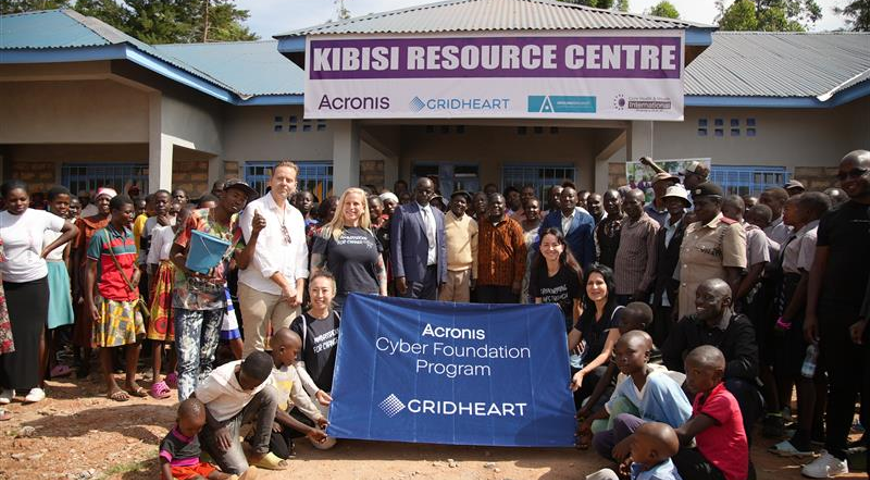This is the first of three posts we’ll do on a data/workload protection & recovery model we call Three Phase Workload Recovery.
Fixing the fragmented approach to Backup, Archiving, Disaster Recovery & Business Continuity
Despite decades of research and development into backup and data protection, enterprise customers are generally unsatisfied with the status quo when it comes to data protection and recovery processes. Business continuity, disaster recovery, backup and archiving are common, overlapping data center operations, and are repeatedly targeted for replacement.
Rather than simply moving from one vendor to another, enterprise customers are seeking a new paradigm for data and workload protection and recovery, one that provides a complete view of all their applications and systems, is verifiably effective, cost effective and resilient by design to various calamities which might strike the enterprise.
According to research done by Gartner:
By 2013, at least 20% of organizations will have changed their primary backup vendor due to frustration over cost, complexity and/or capability, up from the typical single-digit percentage shifts today. By 2013, more than 50% of midsize organizations and more than 75% of large enterprises will implement tiered recovery architectures.– “Best Practices for Addressing the Broken State of Backup”, 27 August 2010
The Broken State of Enterprise Recovery
Data Growth
The largest single contributor to dissatisfaction with enterprise recovery is the massive increase in the data to be protected. Estimated by industry analysts at around 45% growth per annum, data is growing so rapidly that many IT leaders are facing an unsustainable situation. Richer digital media (pictures, video, and sound), increased collaboration and connectivity, increasing use of “big data” by marketers, versioning, replication and the monolithic nature of application design contribute to the rising tide of enterprise data growth.
Beyond the growth of the data, the amount of data in protection/recovery systems is growing even faster, as companies add more systems to the list of ones that have to be protected. Additionally, protection requirements are changing from simply keeping a week’s worth of daily backups to keeping a day’s worth of 15-minute snapshots, a week’s or month’s worth of dailies, and years’ worth of monthlies, sometimes for ten years.
Backups Are Broken
Too much data means fewer and poorer backups, which creates risk to the organization – the risk of downtime, lost productivity, lost data, and financial loss. Expectations from business leaders for service levels on recovery times and the volume of single occurrence data loss have increased to the point where near-zero system downtime is a commonly accepted goal.
The very idea of the “backup window” has been obsoleted by the 24×7 nature of business. An outdated paradigm for backup and recovery where systems are offline once a week for a full backup, offline daily for incremental backups, and where data is copied to long term storage medium, has become nearly impossible to accomplish successfully.
Fragmented Approach to Recovery
Further complicating matters, companies have built up, over time, fragmented approaches to recovery. First there was the backup system with tapes being driven to a vault. Then perhaps a do-it-yourself (DIY) disaster recovery plan was implemented at a co-location facility other than the primary one, with manually managed system upgrades and tests, if the DR plan is tested at all. Some applications may have their own DR plan, like the inline SaaS offerings for email. Some corporate data may, of late, be in a cloud storage or cloud backup service.
In short, things are a mess, with no one quite sure where all the data is or how to get at all of it if necessary. A lack of a comprehensive approach leaves the IT team with a training and personnel issue which ultimately adds to cost and complexity. What’s called for is a standard way of backing up and recovering all services.
While data loss and system outage are unacceptable, so too are the escalating costs of managing all this data. While a company’s IT systems can be an effective differentiator and a strategic investment, data protection and recovery is not viewed as such. This has led to a growing realization among IT leaders that scarce resources (primarily people) would be better off focused on strategic IT initiatives that differentiate the organization from its competitors, rather than being consumed with mundane tasks such as backup and recovery.
We’ll continue this topic in a future post…
About Acronis
A Swiss company founded in Singapore in 2003, Acronis has 15 offices worldwide and employees in 50+ countries. Acronis Cyber Protect Cloud is available in 26 languages in 150 countries and is used by over 21,000 service providers to protect over 750,000 businesses.



